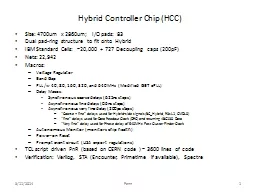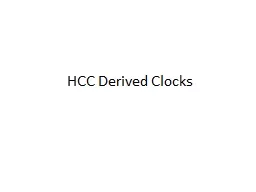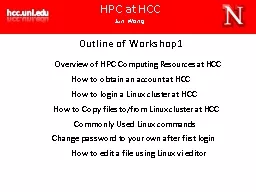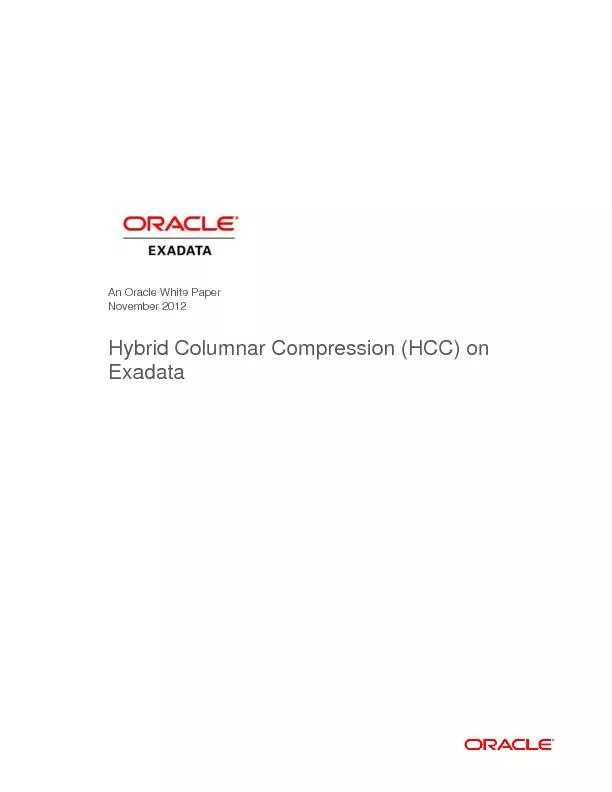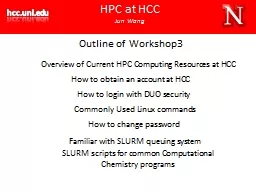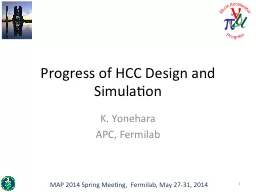PPT-Hybrid Controller Chip (HCC)
Author : hoodrona | Published Date : 2020-08-05
Size 4700um x 2860um IO pads 83 Dual padring structure to fit onto Hybrid IBM Standard Cells 20000 727 Decoupling caps 200pF Nets 22942 Macros Voltage Regulator
Presentation Embed Code
Download Presentation
Download Presentation The PPT/PDF document "Hybrid Controller Chip (HCC)" is the property of its rightful owner. Permission is granted to download and print the materials on this website for personal, non-commercial use only, and to display it on your personal computer provided you do not modify the materials and that you retain all copyright notices contained in the materials. By downloading content from our website, you accept the terms of this agreement.
Hybrid Controller Chip (HCC): Transcript
Download Rules Of Document
"Hybrid Controller Chip (HCC)"The content belongs to its owner. You may download and print it for personal use, without modification, and keep all copyright notices. By downloading, you agree to these terms.
Related Documents

